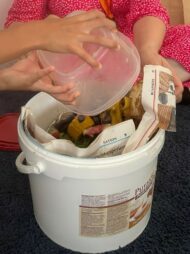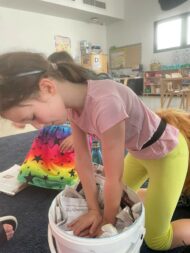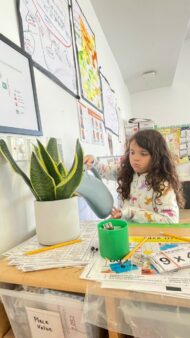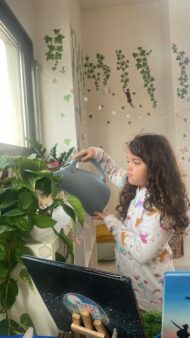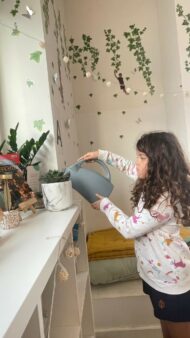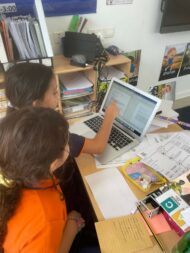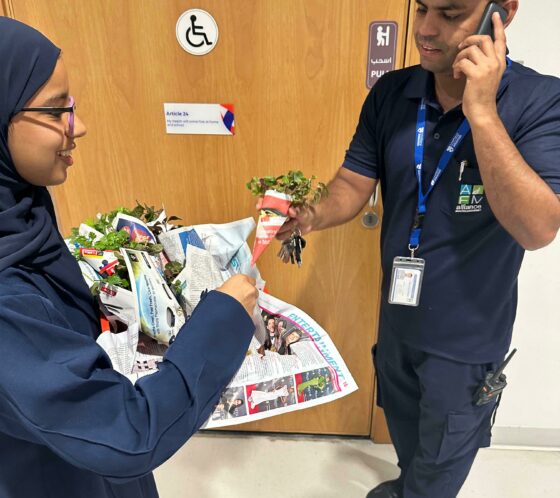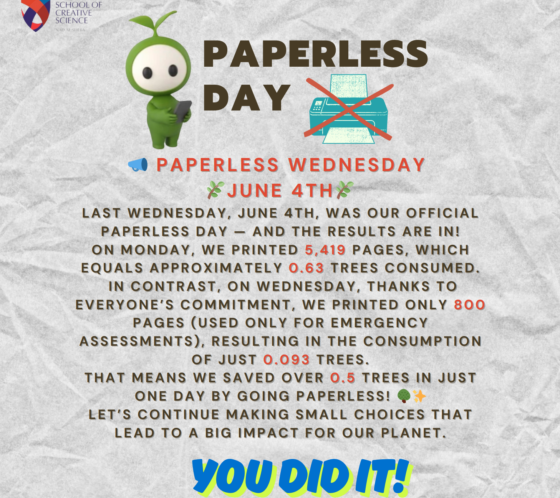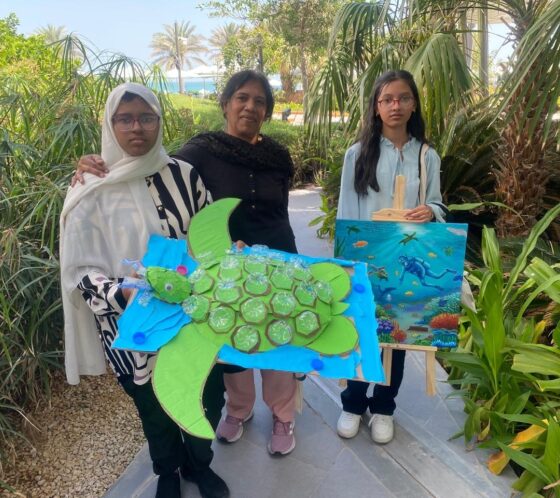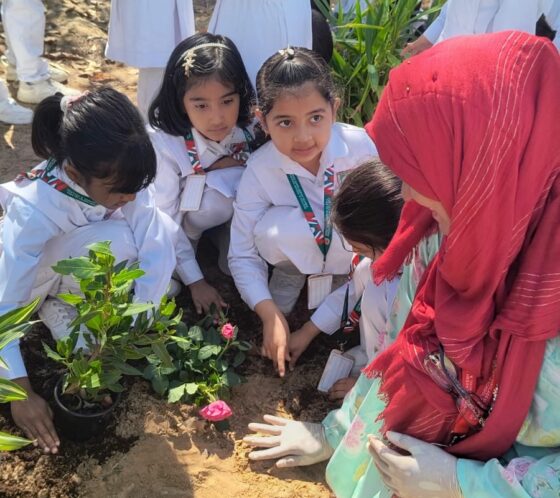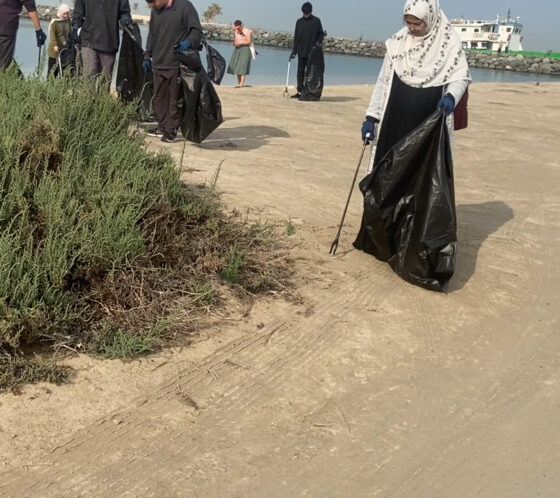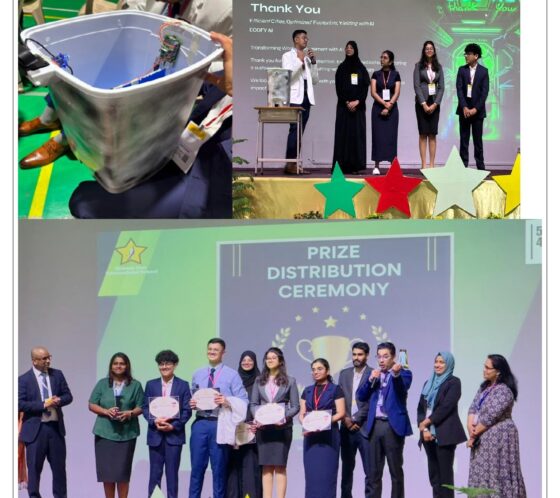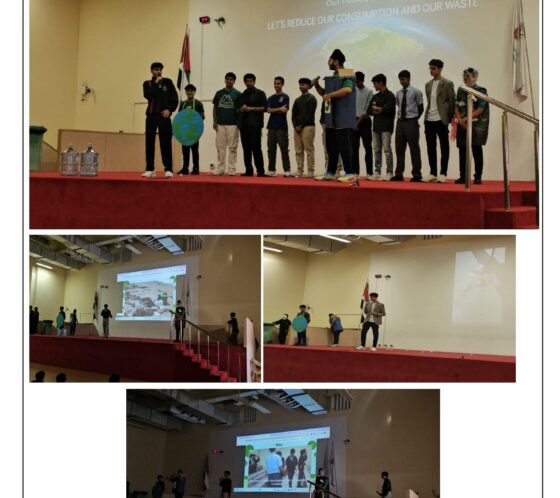How did we start?
One day Ms. Nina came into our class and taught us about bokashi. We were invited to help the school garden by making compost, using bokashi as the first step. We learned that the things allowed to go in the bokashi bin are fresh fruit and vegetables, leftover lunches, flour products, meat, cooked food, wilted flowers, and cheese and eggs. Liquids, paper, bones, shells, and oils are not allowed to go in the bokashi bin.
What is bokashi tea?
We learned that bokashi tea is a liquid from food, bokashi microbes, and fermentation. Ms. Nina told us that bokashi tea is used as fertilizer for plants and can even clean drains too!
How do we use bokashi tea in our classroom?
In 3B, we had the gardener class job who oversaw watering the plants. After we learned about composting, the gardener now takes leftover food from snacks and lunch to add to the compost with bokashi. When they put the food scraps, they then must squish them down together. Over time we drain the compost bucket to get the bokashi tea. We dilute the bokashi in water at a ratio of 10ml for 1 liter of water. We use the tea to fertilize the plants in 3A and 3B. This is how we use bokashi tea in 3B!
4 Facts about Bokashi
- In Japanese, bokashi means fermented organic matter.
- Bokashi was created by someone named Teuro Higa.
- Bokashi can last 6 to 8 months for a typical family.
- Did you know you must put bokashi bran in the bokashi bin to make bokashi tea?
